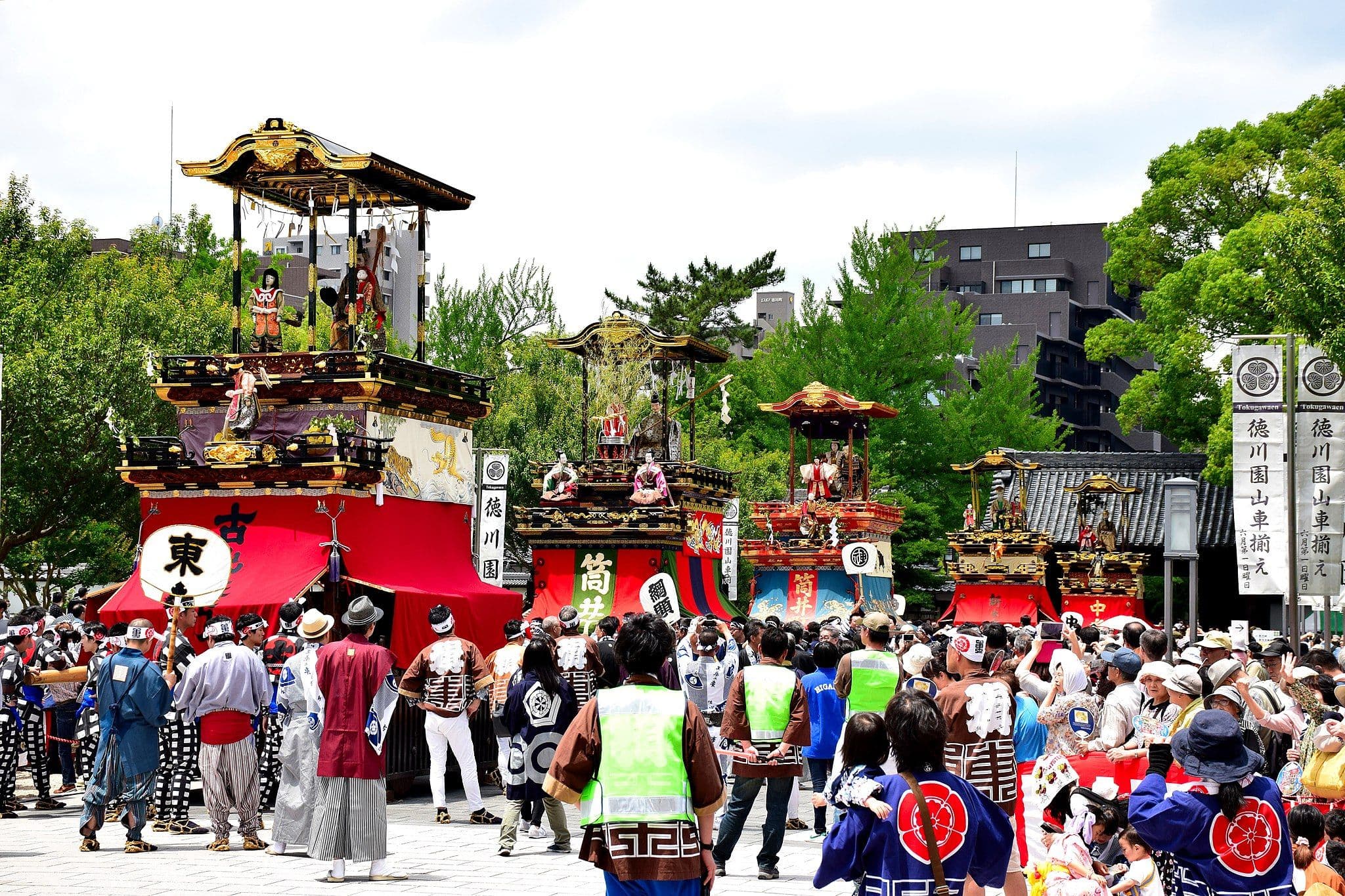
Karakuri
からくり人形Karakuri puppets are traditional Japanese automatons or mechanized puppets that were created from the 17th to the 19th centuries and provided entertainment through their gestures. The term karakuri, meaning "mechanisms" or "tricks", is used to describe any device that conceals its workings and elicits a sense of wonder. The word is thought to derive from the Japanese verb "karakuru", meaning "to pull, stretch, and move a thread". The karakuri tradition values the art of concealing technology to enhance emotions and features a decisive movement that is rapid and not easily noticeable by the naked eye. The earliest known reference to similar automata in Japan is found in the Nihon Shoki, which mentions a "south-pointing chariot" mechanism in 658 CE. The development of karakuri was influenced by the introduction of European clock-making technology in the early 17th century, and they became popular as entertainment during the Edo period. Initially, only the upper class could afford them, but their use as part of street festival floats made them popular among all classes. One of the most famous karakuri makers was Tanaka Hisashige, the founder of Toshiba, who gained notoriety for creating sophisticated karakuri puppets like the arrow-shooting boy and the letter-writing doll.
Last Updated: